First of all I want to apologise to all our readers for the time it has taken for us to put up a new post. During our stay among the Pacific Islands we had the very legitimate excuse that there simply was not enough internet for blogging. But I’m afraid no such excuse can be used any longer.
I will start my writing by merely adding bits to Marike’s Galápagos overview which I think should not be left out. : ) I have nothing more to add to our San Cristóbal or Santa Cruz experiences, but Isabela needs some extra stories.
The bay where we were anchored in at Isabela was more beautiful than in the other islands, partly because it was a lot more remote. Isabela is the biggest Galápagos island, but has the smallest population of all four inhabited islands and the people there are heavily dependent on the tourists coming in from Santa Cruz. We were not allowed to use our kayak there, because people give kayak tours and they feel a little threatened if ‘normal people’ can go about in their own kayaks – a concern I understand.
To get to land and to the boat at low tide we had to take a special channel around the outside of the small bay we were anchored in, because of all the rocks between us and the land. However, we were not warned of this fact by anyone. The first time we went to land it was high tide, so we just went straight to the dock without thinking much about it. When we came back late that night we were quite shocked when we realized it was now way too shallow to go back to Shang Du the way we had come. The moon was shining brightly on the little waves caused by the shallowness of the water, and we were quite perplexed about how we were going to get back to the boat. We knew there had to be a channel, otherwise someone would have warned us that our boat would only be accessibly at high tide . . . right? By God’s grace my Dad found the channel in the dark and so we didn’t have to wait till 2 a.m. (the next high tide) after all : ) [That had been the only solution I personally could really think of, since my Dad didn’t seem keen to try and carry the dingy over the shallow piece].
Isabela is home to the rare Galápagos Flightless Cormorant, (of which we unfortunately saw none), and the cute little Galápagos penguins (with which we had a chance to snorkel!). The Galápagos Penguin is the second smallest Penguin in the world, just after the Little Blue Penguin of New Zealand. There was a kind of natural snorkel pool close to the dock, and when we got there, there were three completely wild penguins swimming face-down in the snorkel pool, utterly ignoring any human that came close.
We could slowly edge our way right up to them, and if they thought they were coming too close to you or that they suddenly didn’t like you, they would actually peck. (A definite sign that you let the bird come to close). From afar penguins just look beautiful and cute; from close up they are still very cute, but they actually look quite grumpy as well.
At one point the one (a younger one) got out onto the smallest rock sticking out from the snorkel pool. The other two immediately decided that specific rock looked very comfortable and chased him off so they’d have space to sit (despite the fact that the entire pool was surrounded by rocks sticking out of the water). We and a few other tourists who braved the deeper water went right up to the rock for a better view and the penguins just acted like we weren’t there. The first penguin tried getting back on the rock, but the other penguin very aggressively pushed him off so that he nearly fell on top of a tourist!
Marike’s telling of the Blue-footed Boobies nesting was also incomplete. Quick history lesson: the English name for the bird (‘booby’), came from the Spanish word ‘bobo’, which means ‘stupid’. When the Spanish first found the islands they thought these nesting birds were very stupid, because they would stay on the nests and be caught instead of flying away. So now you know where that rather strange name comes from. : )
Blue-footed Boobies pair for life, but the male needs to keep on impressing his female in order to mate. Apparently, when the male is interested in mating he brings the female little dry sticks as presents. Why on earth a stick is such a lovely present is a total mystery to everyone except these birds. But the more commonly seen way for the male to impress his female is to do a little dance for her: he stands in front of her and alternately waves one foot and then the other in the air (very funny to watch, especially since the male does it so seriously and earnestly). The dance is ended with the male lifting his wings halfway, throwing his head back and whistling as loud as he can.
Other than those two items I think Marike did a great job in her overview of Galápagos. : ) Although . . . did she ever mention the large Hummingbird Moths that were everywhere? Well then, I’m mentioning them now. And they were everywhere. It was very disconcerting at first because I kept seeing them from the corner of my eye and thinking I was seeing a bird, only to figure out it had been a moth!
And I just remembered, there is something I want to add to our doings in Santa Cruz.
Santa Cruz is the main tourist hub. Everywhere along the wharf there are souvenir shops – the trinkets and shirts are all pretty cool.
We went on a mini tour of the highland and saw some completely wild 100+ year old tortoises sitting in mud pools on someone’s farm. Everything except for the top of their shells and the top of part of their heads were submerged under the gooey mud. They looked like old petrified dinosaurs, because they don’t move fast or often. Have you ever seen the movie ‘ET the extra-terrestrial’? Well, apparently the director of that movie visited Galápagos and then modeled ET after the tortoises. : D
They got the farmers on Santa Cruz to make the fences high enough for the big tortoises to pass through underneath. At the farm we went they had three old tortoise shells into which we could get for photos. It is very cool, because we could see how the shell is literally bone and how the backbone of the tortoise is attached to the shell.
I curled up in the largest shell and fit without a problem. : ) Maybe Sophia could have fit in the shell with me, but we decided it would probably be best if we didn’t try to find out. ; )
The boat project we tackled while there was our forward water tank. Its one side got quite pitted with rust-bubbles here and there. We’re not sure why it reacted like that. But anyway, as soon as we used all the water in that tank my Dad unbolted the lid and Marike and I took turns working inside. We tried once, and Marike and I could fairly comfortably both sit inside the tank – there just isn’t any space left to work (i.e. to swing the chipping hammer)
Last of all I need to tell of our great big stock up before we left on our 3+ week ocean passage to the Marquesas. All of us (except Marike, who was finishing up the painting on the boat) went to the local food market and took up our battle stations. My Mom was the one choosing the vegetables and fruit; I translated the prices from Spanish and was in charge of the money; my Dad carried away our boxes and bags once we had filled them and Karin and Sophia stayed with the steadily growing pile of food at the front of the market. As our food pile grew the people walking past (mostly locals) would do a double take when they saw these obviously tourist girls sitting next to the pile of food. Among other things we bought 19 dozen eggs – not exactly an amount averagedly bought by normal households, is it? : )
Thankfully we did not have to carry all our spoils back to the dock, but got a taxi to take us back instead. After the provisions were safely packed into their nooks and crannies, we were ready to leave. : )

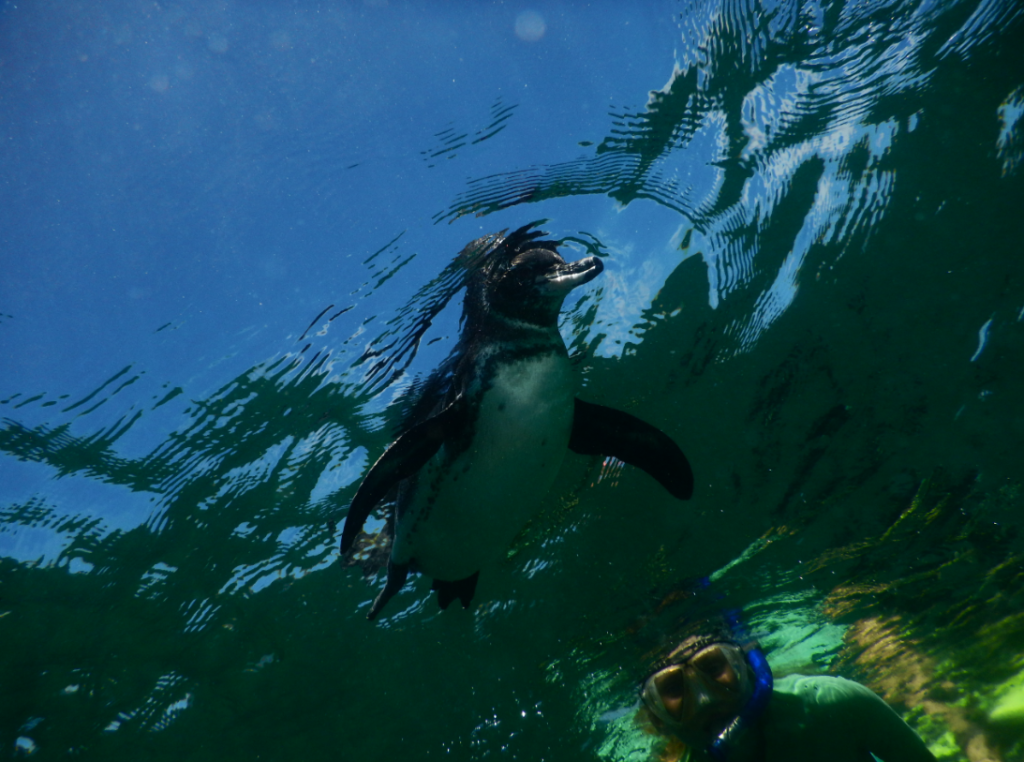
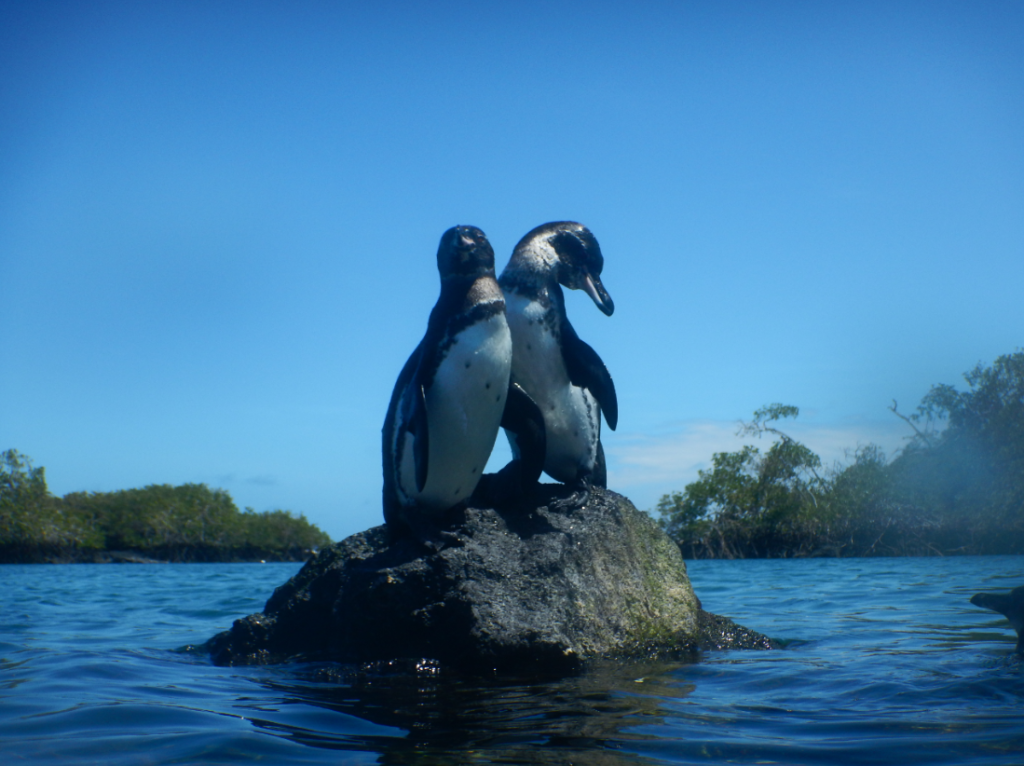
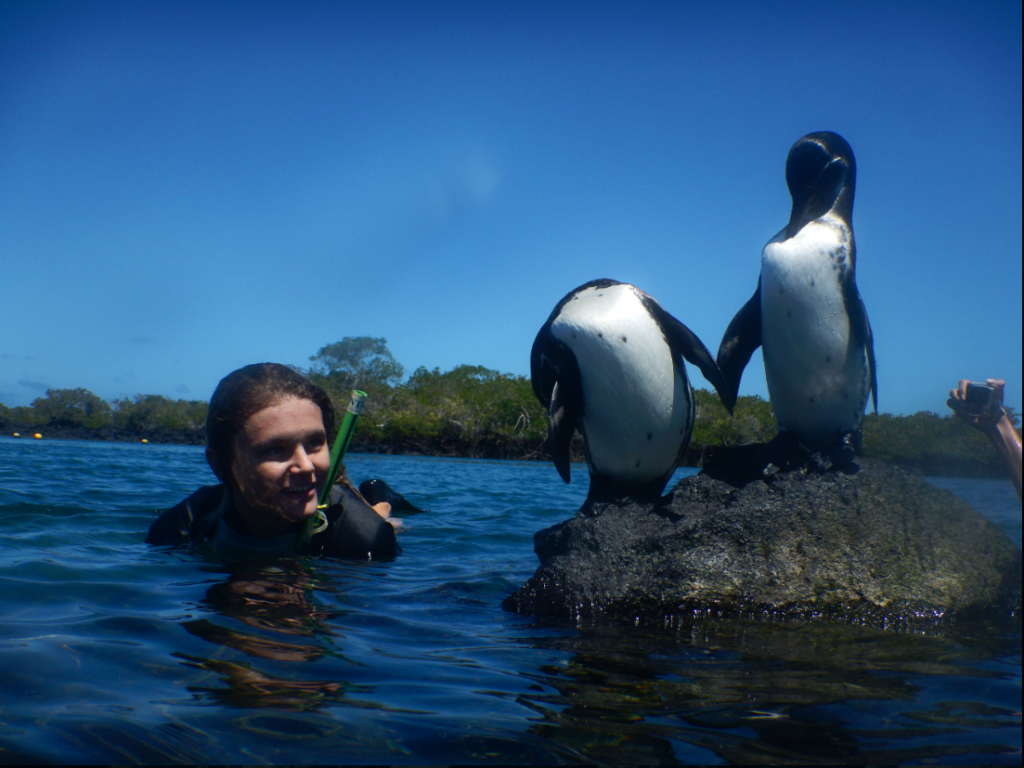
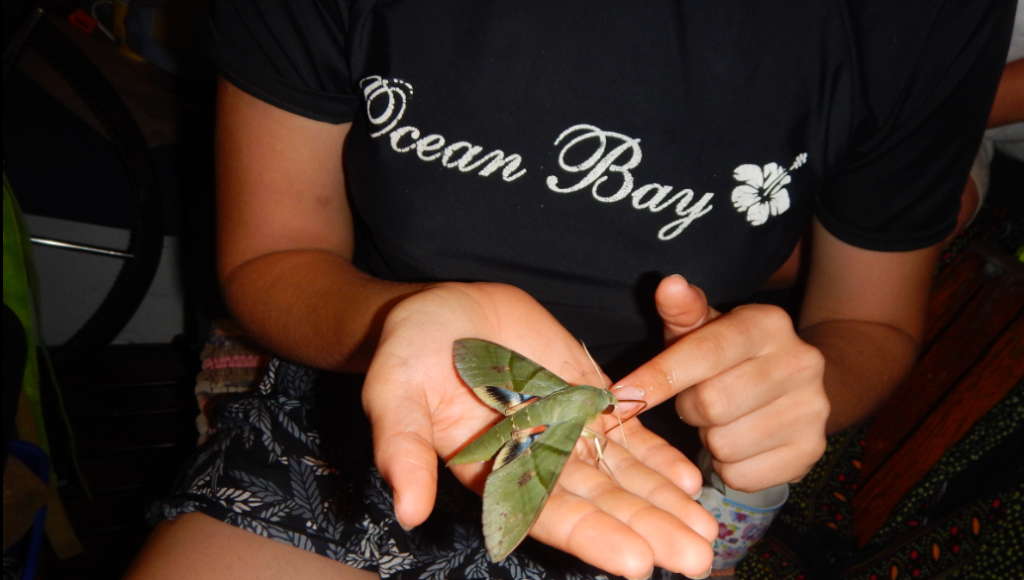
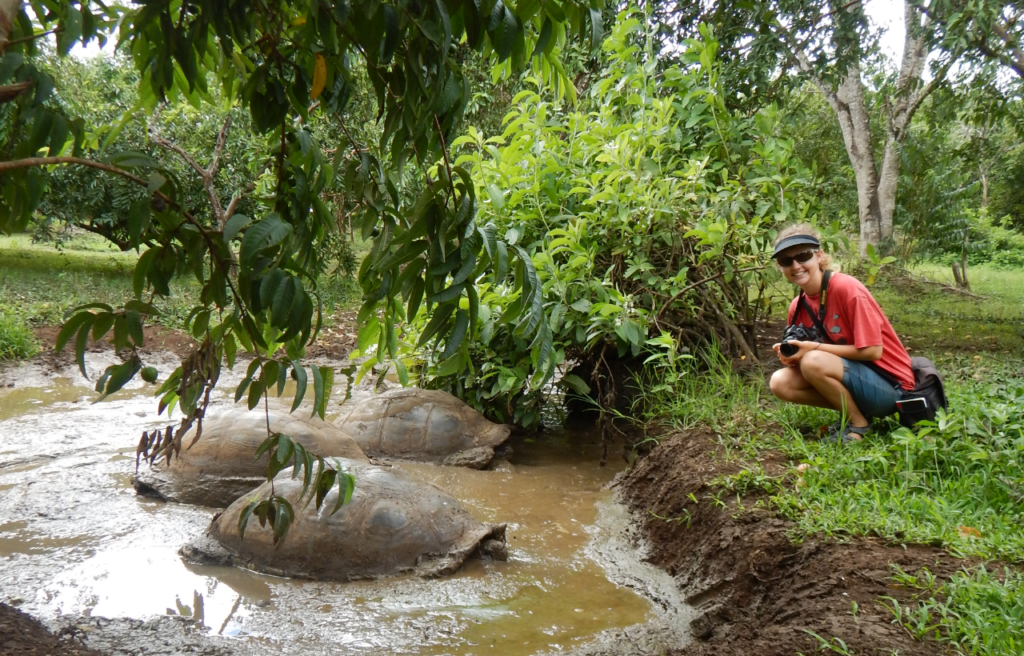
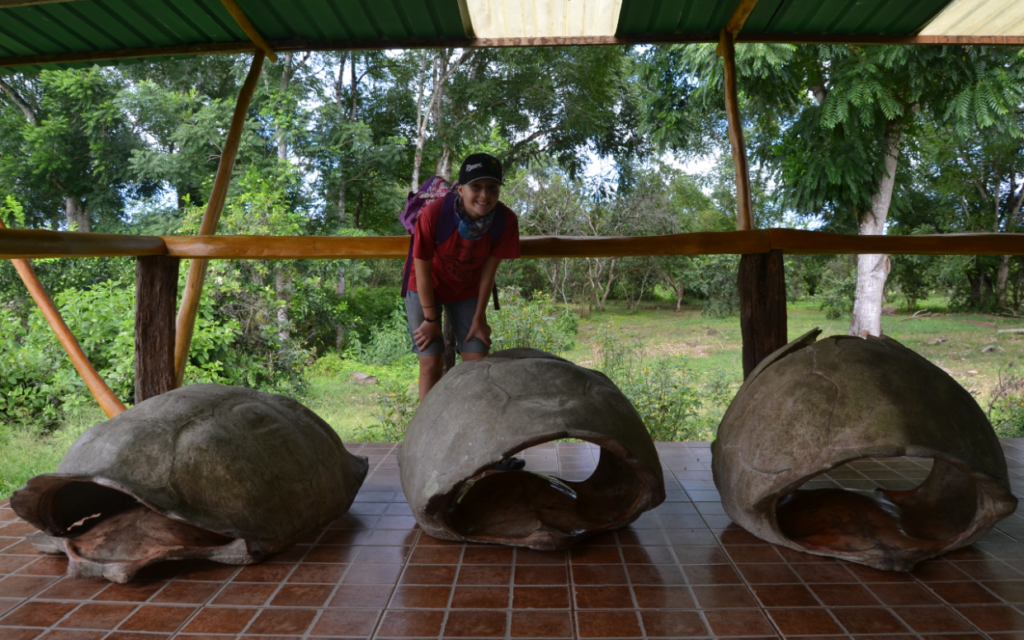
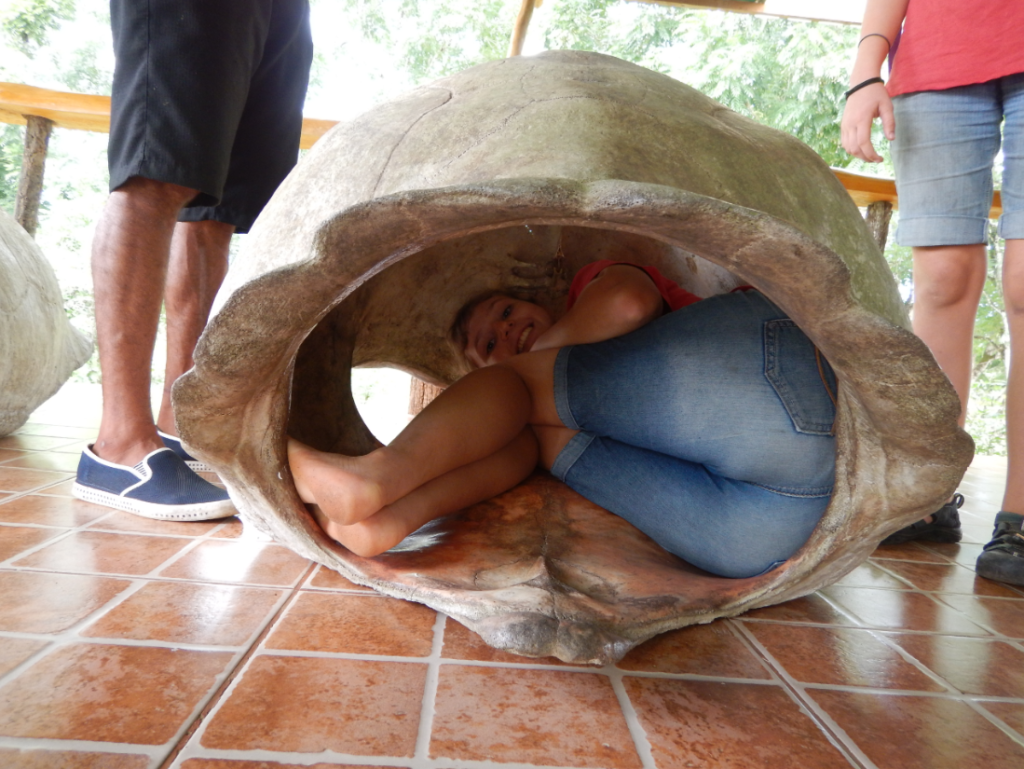
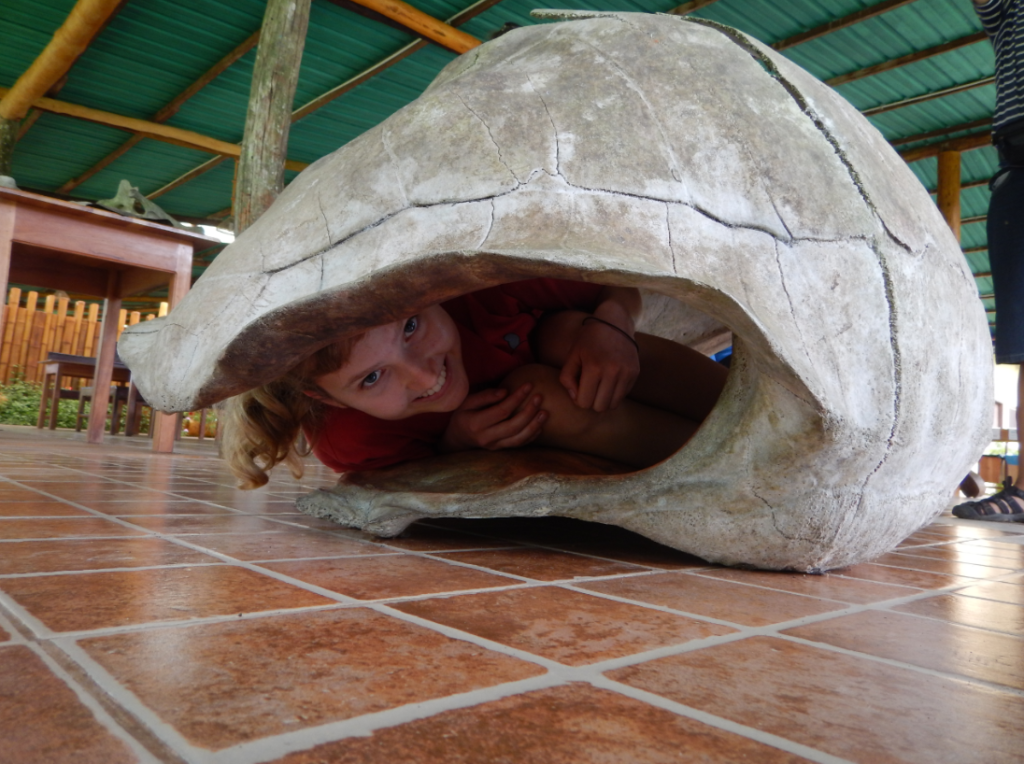

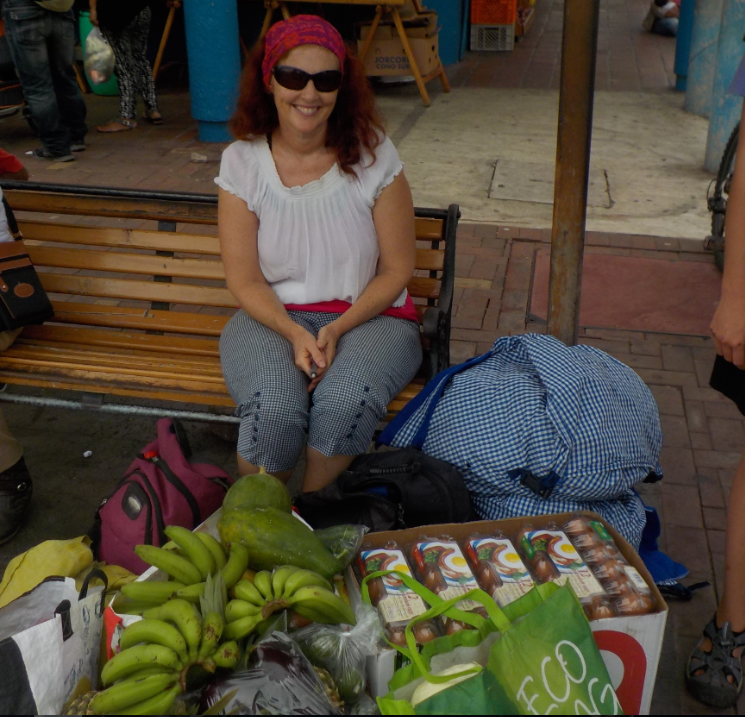
Recent Comments